The UPSC offers more than 48 optional subjects which include Medical Science as well. This syllabus forces the candidate to understand the basic concepts and the application of basic problems faced by the patients. It is recommended that candidates only choose this subject if they have extremely high knowledge and interests in these subjects so that they can prepare for the exam.
Aspirants who have a degree in medical science or work as doctors, nurses or biomedical engineers take this as optional. Continue reading this article to know more about medical science optional, UPSC medical exam, the salary of UPSC medical officer, and the UPSC medical services.
Also Read: UPSC Seats & Vacancies 2021: All You Need to Know about it – Category Wise
What Number of Candidates Take Medical Science as Optional?
Medical science is one of the subjects offered as an optional by the UPSC in the civil service mains exams. This optional subject is highly technical and students who are MBBS graduates or postgraduates take this as a subject. Each year around 300 candidates take this subject as optional and most of them top the UPSC mains exam. The success rate is around 20%.
Medical Science Optional Syllabus
Optional Subject consists of 2 papers. Each paper is 250 marks, making a total of 500 marks.
Medical Science Optional Paper I Syllabus
Human Anatomy
Applied anatomy including blood and nerve supply of upper and lower limbs and joints of the shoulder, hip, and knee.
Gross anatomy, blood supply, and lymphatic drainage of the tongue, thyroid, mammary gland, stomach, liver, prostate, gonads, and uterus.
Applied anatomy of diaphragm, perineum, and inguinal region.
Clinical anatomy of kidney, urinary bladder, uterine tubes, vas deferens.
Embryology: Placenta and placental barrier. Development of heart, gut, kidney, uterus, ovary, testis, and their common congenital abnormalities.
Central and peripheral autonomic nervous system: Gross and clinical anatomy of ventricles of the brain, circulation of cerebrospinal fluid; Neural pathways and lesions of cutaneous sensations, hearing, and vision; Cranial nerves, distribution and clinical significance.
Components of the autonomic nervous system.
Human Physiology
Conduction and transmission of impulse, mechanism of contraction, neuromuscular transmission, reflexes, control of equilibrium, posture and muscle tone, descending pathways, functions of the cerebellum, basal ganglia, Physiology of sleep and consciousness.
Endocrine system: Mechanism of action of hormones, formation, secretion, transport, metabolism, function, and regulation of secretion of pancreas and pituitary gland.
Physiology of reproductive system: Menstrual cycle, lactation, pregnancy. Blood: Development, regulation, and the fate of blood cells.
Cardio-vascular, cardiac output, blood pressure, regulation of cardiovascular functions.
Also Read: What are the Links to the Notes of the UPSC Toppers? What is the Suggested UPSC Booklist by Toppers?
Biochemistry
Organ function tests-liver, kidney, thyroid Protein synthesis. Vitamins and minerals.
Restriction fragment length polymorphism (RFLP). Polymerase chain reaction (PCR).
Radioimmunoassays (RIA).
Pathology
Inflammation and repair, disturbances of growth and cancer, Pathogenesis and histopathology of rheumatic and ischemic heart disease and diabetes mellitus.
Differentiation between benign, malignant, primary, and metastatic malignancies, Pathogenesis, and histopathology of bronchogenic carcinoma, carcinoma breast, oral cancer, cancer cervix, leukaemia, Etiology, pathogenesis, and histopathology of cirrhosis liver, glomerulonephritis, tuberculosis, acute osteomyelitis.
Microbiology
Humoral and cell-mediated immunity Diseases caused by and laboratory diagnosis of –
Meningococcus, Salmonella.
Shigella, Herpes, Dengue, Polio.
HIV/AIDS, Malaria, E. Histolytica, Giardia Candida, Cryptococcus, Aspergillus.
Pharmacology
Mechanism of action and side effects of the following drugs.
Antipyretics and analgesics, Antibiotics, Antimalaria; Antikala-Azar, Antidiabetics.
Antihypertensive, Antidiuretics, General and cardiac vasodilators, Antiviral, Antiparasitic, Antifungal, Immunosuppressants.
Anticancer.
Forensic Medicine and Toxicology: Forensic Examination of Injuries and Wounds
Examination of blood and seminal stains; poisoning, sedative overdose, hanging, drowning, burns, DNA, and fingerprint study.
Medical Science Optional Paper II Syllabus
General Medicine
Aetiology, clinical features, diagnosis, and principles of management (including prevention) of – Tetanus, Rabies, AIDS, Dengue, Kala-azar, Japanese Encephalitis.
Aetiology, clinical features, diagnosis, and principles of management of Ischaemic heart disease, pulmonary embolism.
Bronchial asthma.
Pleural effusion, tuberculosis, Malabsorption syndromes, acid peptic diseases, Viral hepatitis, and cirrhosis of the liver.
Glomerulonephritis and pyelonephritis, renal failure, nephrotic syndrome, renovascular hypertension, complications of diabetes mellitus, coagulation disorders, leukaemia, Hypo, and hyperthyroid, meningitis, and encephalitis.
Imaging in medical problems, ultrasound, echocardiogram, CT scan, MRI. Anxiety and Depressive Psychosis and schizophrenia and ECT.
Also Read: What is the Civil Service Aptitude Test? How to Prepare for the CSAT to Clear in the First Attempt?
Pediatrics
Immunization, Baby-friendly hospital, congenital cyanotic heart disease, respiratory distress syndrome, bronchopneumonia, kernicterus. IMNCI classification and management, PEM grading and management. ARI and Diarrhea of under five and their management.
Dermatology:
Psoriasis, Allergic dermatitis, scabies, eczema, vitiligo, Stevan Johnson’s syndrome, Lichen Planus.
General Surgery
Clinical features, causes, diagnosis, and principles of management of cleft palate, harelip. Laryngeal tumour, oral and esophageal tumours.
Peripheral arterial diseases, varicose veins, coarctation of the aorta. Tumours of Thyroid, Adrenal Glands.
Abscess, cancer, fibroadenoma, and adenosis of breast.
Bleeding peptic ulcer, tuberculosis of bowel, ulcerative colitis, cancer stomach. Renal mass, cancer Prostate.
Haemothorax, stones of Gallbladder, Kidney, Ureter, and Urinary Bladder.
Management of surgical conditions of Rectum, Anus and Anal canal, Gall’s bladder, and Bile ducts.
Splenomegaly, cholecystitis, portal hypertension, liver abscess, peritonitis, carcinoma head of the pancreas. Fractures of spine, Colles’ fracture, and bone tumours.
Endoscopy. Laparoscopic Surgery.
Obstetrics and Gynaecology including Family Planning
Diagnosis of pregnancy.
Labour management, complications of 3rd stage, Antepartum and postpartum haemorrhage, resuscitation of the newborn, Management of abnormal lie and difficult labour, Management of small for a date or premature newborn.
Diagnosis and management of anaemia, Preeclampsia, and Toxaemias of pregnancy, Management of Postmenopausal Syndrome.
Intrauterine devices, pills, tubectomy, and vasectomy. Medical termination of pregnancy including legal aspects.
Cancer cervix.
Leucorrhoea, pelvic pain, infertility, dysfunctional uterine bleeding (DUB), amenorrhoea, Fibroid, and prolapse of uterus.
Community Medicine (Preventive and Social Medicine)
Principles, methods, approach, and measurements of Epidemiology. Nutrition, nutritional diseases / disorders & Nutrition Programmes.
Health Information Collection, Analysis, and Presentation.
Objectives, components, and critical analysis of National programs for control/ eradication of:
Malaria, Kala-azar, Filaria and Tuberculosis, HIV/ AIDS, STDs and Dengue Critical appraisal of Health care delivery system.
Health management and administration: Techniques, Tools, Programme Implementation and Evaluation.
Objective, Component, Goals, and Status of Reproductive and Child Health, National Rural Health Mission and Millennium Development Goals.
Management of hospital and industrial waste.
Also Read: UPSC Mains Answer Writing: Tips to Write the Perfect UPSC Answer to Score Well
Is Choosing Medical Science the Right Choice?
Medical science is an excellent option for doctors who are open to studying their MBBS syllabus one more time. It would be a subject with which you would be familiar and would have studied for five years. The syllabus is also considered problematic and vast since the syllabus doesn’t overlap.
Diagrams are extremely important for this paper. You can score more marks with fewer words by drawing diagrams which are important to your paper. It is also recommended that you use colour pencils to make the presentation good and appealing if you have the time.
Conclusion
Hopefully, now you know how to proceed after taking medical science as an optional subject and things about UPSC combined medical services are also clear to you. Preparing for the UPSC is not easy since it takes a lot of dedication and motivation to clear the exam, and if you have decided to take Medical Sciences as an optional, then you will have to prepare much harder. To read more tips about clearing the UPSC exams continue reading UPSC Pathshala.
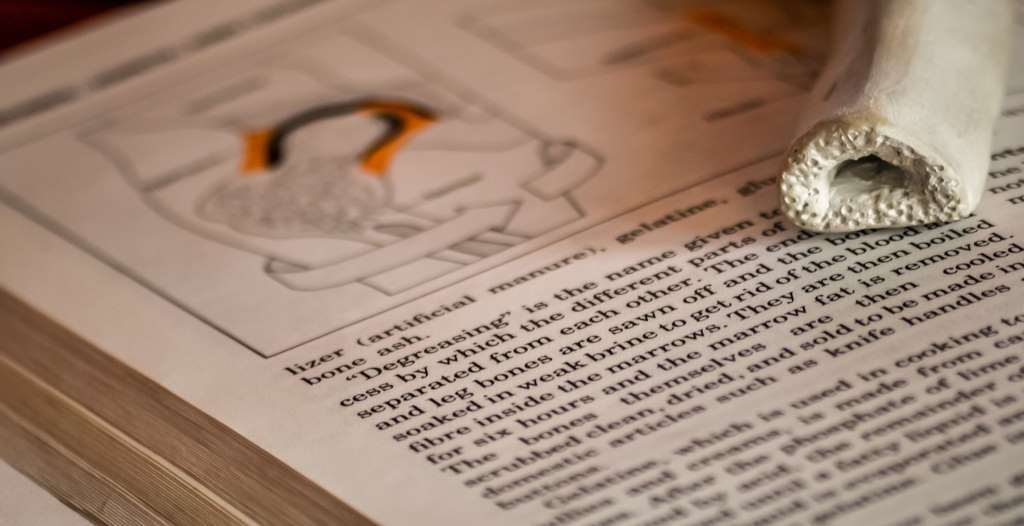
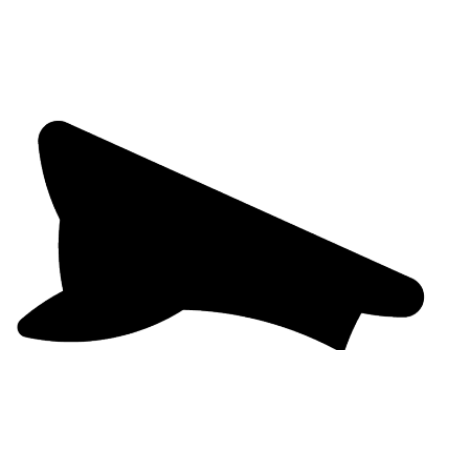


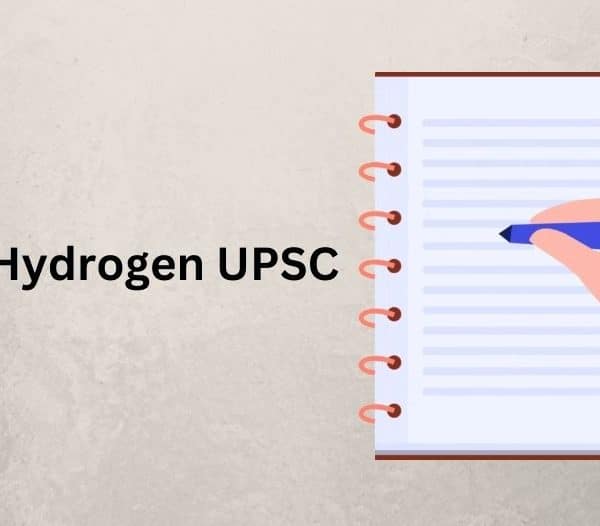
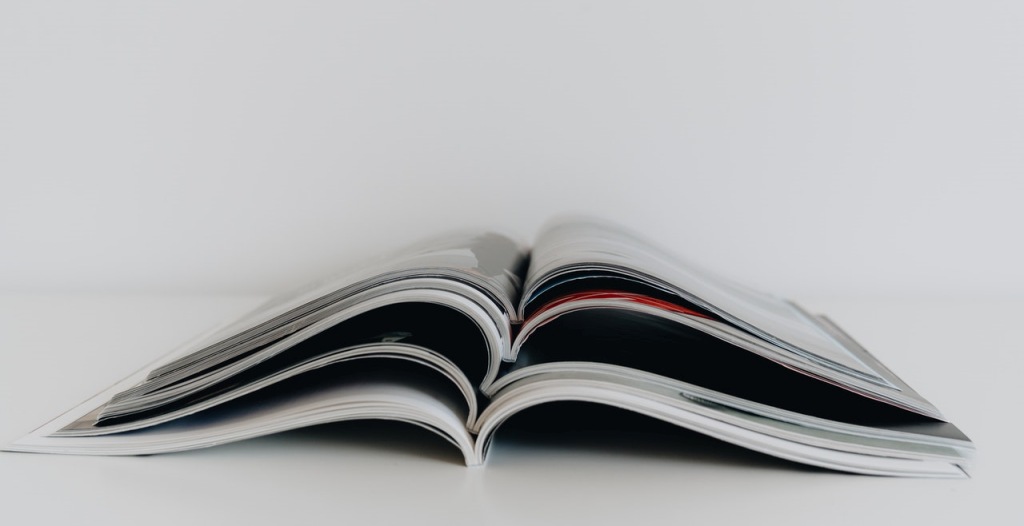
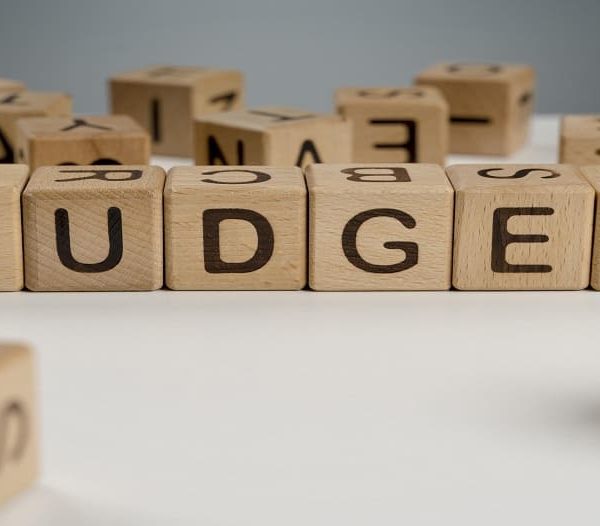
This article points out important topics for medical to be learnt for UPSC.
Thank you for providing a detailed syllabus for us, can you also provide some important tips for beginners?
Thank you for providing all the syllabus, it was very helpful, what do you think about how to we choose an optional subject?